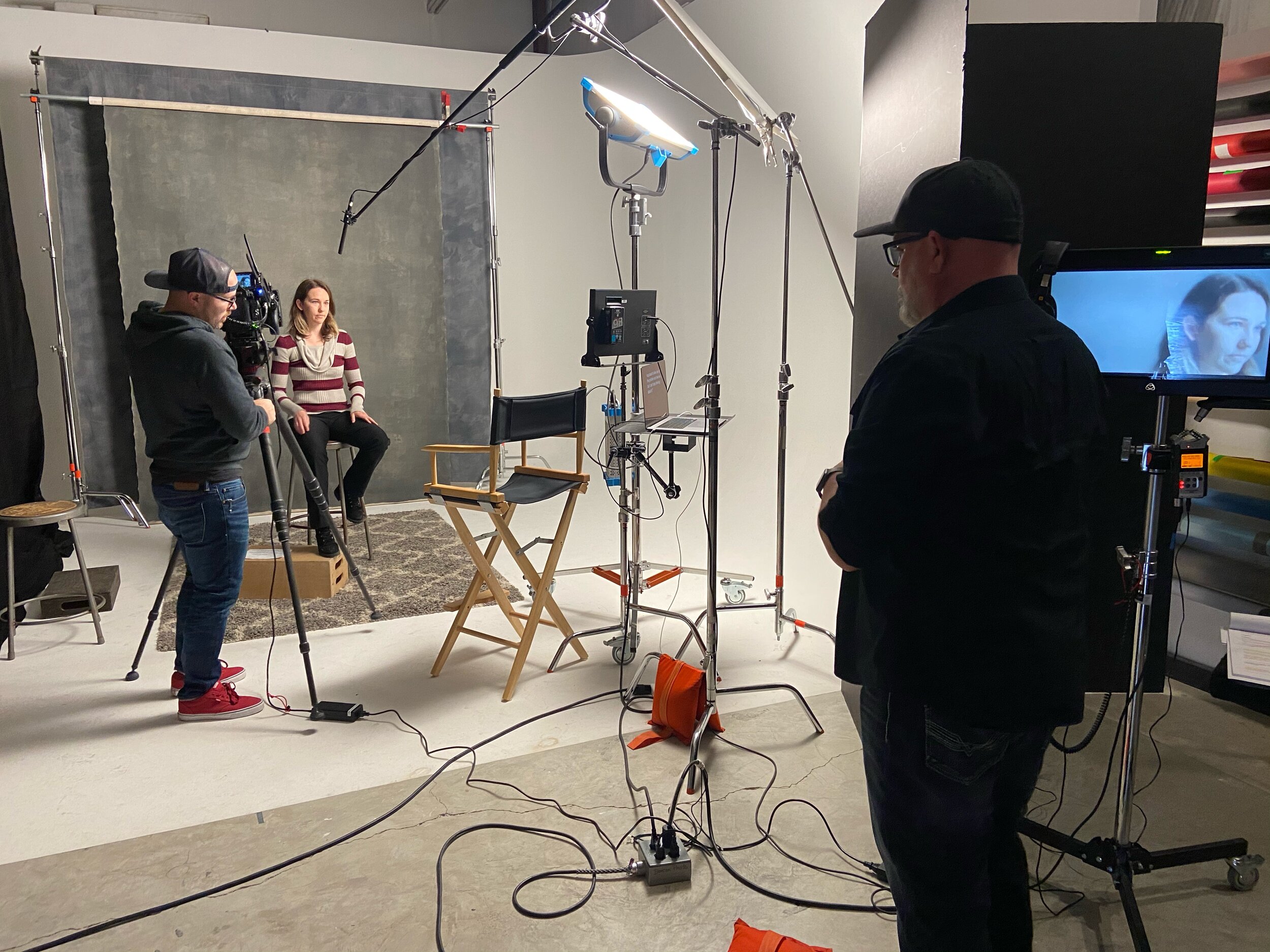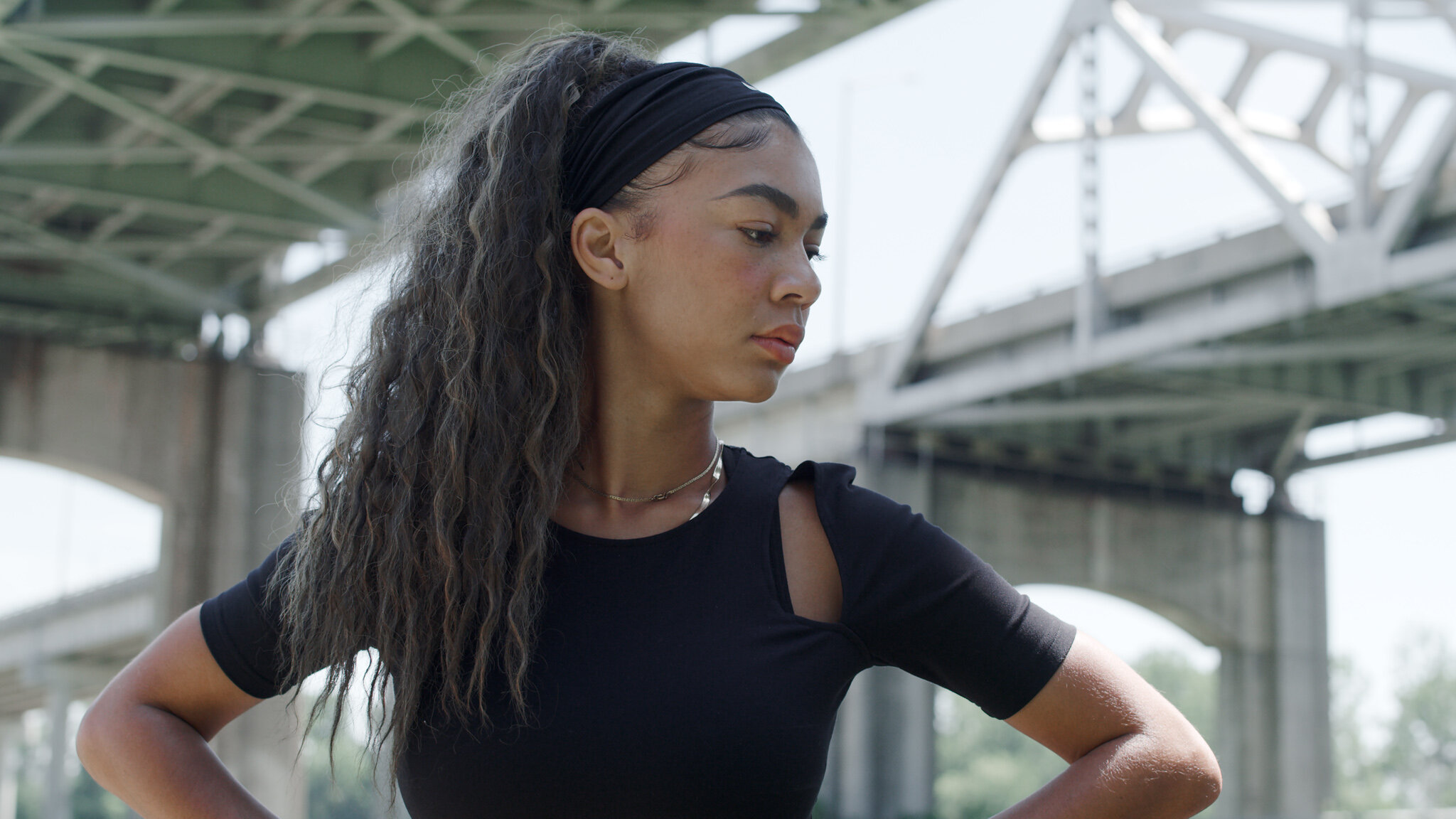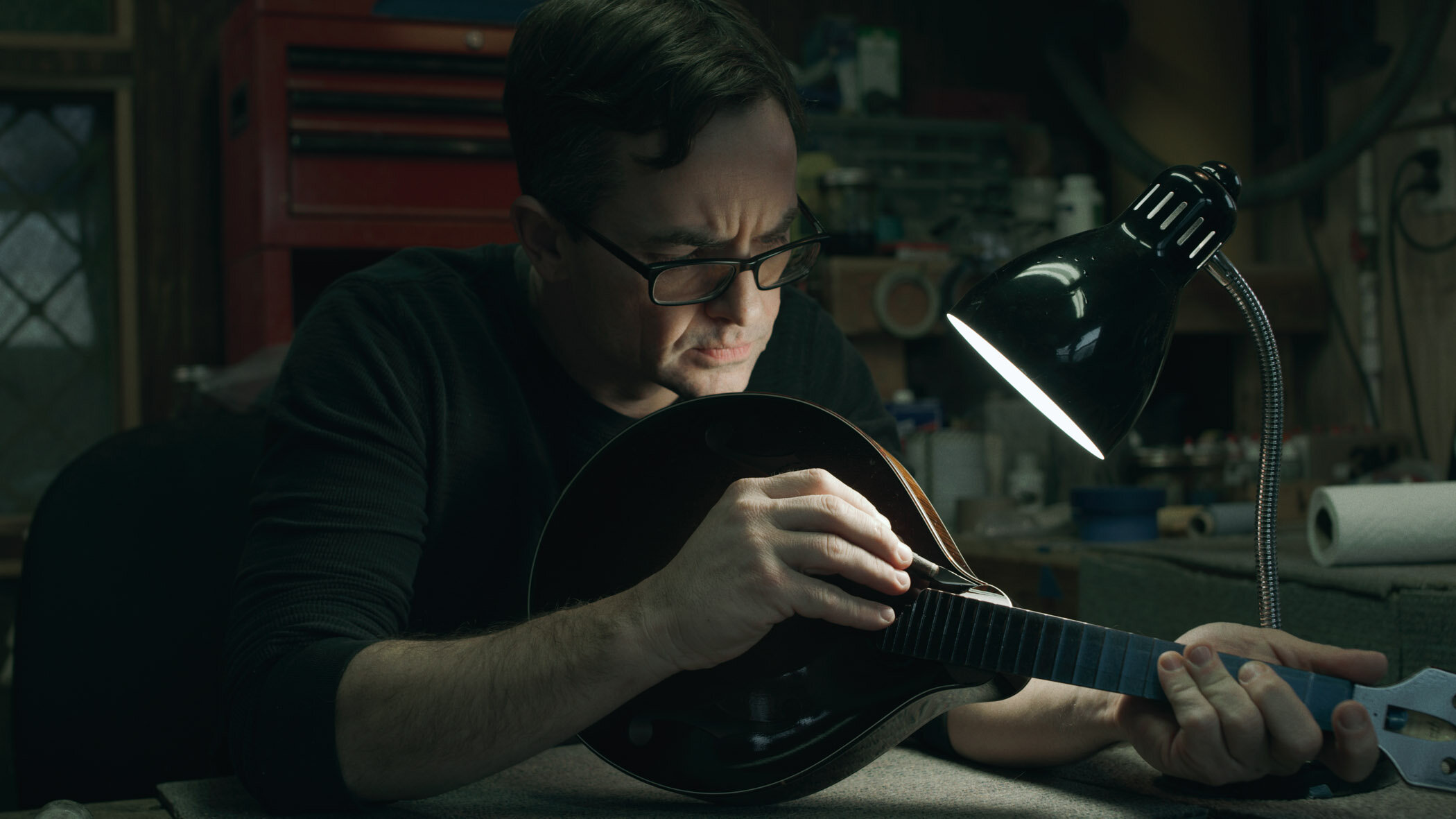VIDEO PRODUCTION COSTS?
So you're thinking of making television, YouTube, or Facebook commercials and want to know how much it costs? We get this question nearly every week. The short answer is "it depends." Your needs, tastes, and many other factors determine a TV commercial production cost. So the short answer is that producing a TV commercial could easily range anywhere from $1,500 to $150,000 depending on many different variables.
START SIMPLE
My business doesn't have much advertising budget. Can you still help? Again, the short answer is "probably so ." Your competitors have launched a YouTube or Facebook campaign, and now you are seeing their spots on local television. Producing content that can compete with your competitors may seem out of reach, but there are steps you can take right away that will make an impact on your bottom line. For example, if you are a small business and need to get a 30 second TV spot under your belt to quiet the competition, we can help. The cost to produce a 30-second commercial could run you as little as $1,500 – $3,500. Simple video productions with text, graphics, royalty-free music, and a professional voice-over could be the short answer to your initial goal.
LEVEL UP
Still asking: How much do commercials cost to produce? Lets' look at an example of leveling up your production a few notches. Let's say you have a product or service that can make you millions. If only you could put together a 30-second direct response campaign that can air on television. You may need actors, a makeup artist, a pro video crew, maybe a studio and a director, and a few other things. More prominent commercials like this with all the bells and whistles can easily cost you anywhere from $100k or more. But tell me this, what business owner out there wouldn't trade a $100,000 investment for a $1M return? I don't know a single one that would turn down an opportunity like that.
The cost of producing a television commercial in this price range is much more than the START SIMPLE example above because there are so many more moving parts. Among other things, you will need seasoned professionals at every turn to help keep all of the balls in the air. A professional video production company like ours will help manage your TV commercial from beginning to end so that everything makes sense when we wrap up the shoot.
BUDGET ISN’T A CONCERN?
Hypothetically you tell me that budget is not a concern for you. However, you have particular needs and discerning taste and are willing to pay whatever the cost. In situations like this, production costs are not your concern; you will need to tell us precisely what you want. Then it's our job to craft that desire into reality. Similar projects can easily fetch anywhere from 150k up to well over 1 million dollars. These high-end costs will depend on a well-known director attached, a celebrity or famous athlete, or an influencer from another industry. The price can balloon north of that, depending on what is attached to the scope.
SEND US A REFERENCE VIDEO
Costs almost always depend ultimately on what you want. So, if your question is "how much does it cost to produce a tv commercial" but you aren't sure what you want, consider this. It can be beneficial to surf through YouTube and look for similar video concepts that already exist. Reference material like this will give us a much clearer idea of your concept, enabling us to put together an estimate based on that reference video quickly. That said, you can always feel free to give me a call, and we can walk through the process together. My studio line is 573-893-9917, and I'm always happy to chat and give you a free estimate.
HOW MUCH DOES TV ADVERTISING COST?
So you have your finished commercial, now - how much does TV advertising cost? TV airtime costs are the golden question to which there are a plethora of answers. For example, the airing of a 30-second commercial can range anywhere from $50 per spot to $1,500 or $20,000 per spot. But, of course, as I've said two or three times already, it all depends on a few different variables.
Where your TV Advertising is going to air will ultimately determine how much your advertising will cost. For example, suppose your TV Advertising target market is toward regional or local markets. In that case, you could spend as little as $50 per 30-second commercial.
I AM INTERESTED IN KNOWING HOW MUCH IT COSTS TO AIR LOCAL COMMERCIALS
Take this example and suppose you want to Advertise on a local station in a 65,000 household footprint close to your business. In that case, you likely can get better rates than a broader coverage area. The only caveat is that your TV Advertising will only be aired and viewed in that particular area or zone.
However, suppose you want to reach more areas with your message during a primetime broadcast network TV program. Time slots like this can be upwards of $10,000 plus per 30 second TV spot in that case. The main stipulation here is that you will be broadcast on every TV within the selected coverage and reap the benefits of a much broader coverage area.
LOOKING AT NATIONAL TV?
If local TV advertising isn't enough to reach, you may want to spread your message to the masses; and national television is the way to go. Keep in mind that a single 30-second spot can cost you anywhere from $25,000 to $150,000. Depending on the network and the timeslot in which your commercial airs, the costs will range. Want to go for broke? A commercial aired during the Super Bowl, you can look to spend an astonishing 4 to 5 million for a single 30-second commercial. Whether you want a local television spot for your business, service, or product, or you want to reach the masses with your message, it's all possible. But first, you have to create the commercial, and that's where we excel. The creative. Not sure where to begin? Lets' look at several budget examples below, which will help you gain a better "ballpark" estimate for your next project.
HERE ARE SOME EXAMPLE BUDGETS TO HELP YOU GET STARTED THINKING ABOUT WHERE YOUR PROJECT MIGHT FALL IN TERMS OF COST:
• BUDGET RANGE $800 – $1,000
This budget allows for a commercial is made up of still photographs, a professional voice-over, and client-provided artwork.
• BUDGET RANGE $1,500 – $2,500
This budget allows for a commercial for many small businesses and includes royalty-free music and a voice-over.
• BUDGET RANGE $2,500 – $3,500
This budget allows for a commercial shot on location with one talent, HMU, professional voice-over, and other voice actors.
• BUDGET RANGE $2,500 – $3,500
This budget allows for a commercial testimonial-style commercial to promote your systems, products, or services and includes an animated logo at the end.
• BUDGET RANGE $3,500 – $5,500
This budget allows for a commercial production shot in 1 or 2 locations in full HD, with a four-person crew, using a drone to capture the clients' work in progress. In addition, one professional voice-over and audio bed licensing included in this budget range.
• BUDGET RANGE $6,500 – $9,000
This budget allows for a commercial shot over two days, with a three-person film crew, including HMU, craft, and catering. We can use some professional actors, mixed with faculty and staff as our talent.
• BUDGET RANGE $10,000 – $15,000
This budget allows for a commercial in several locations around the city, filming with a 4-5 plus talent crew and some extras: minimal graphic animations, titling, and sound effects.
• BUDGET RANGE $10,000 – $20,000
This budget allows for commercial filming ample B-Roll and on-location "Talking Head" segments over two days. Will will work closely with our client to secure locations and talent if needed. We use a 4-5 person crew, which allows for a professional audio person/drone pilot, director, camera operator, and key grip.
• BUDGET RANGE $20,000 – $30,000
This budget allows for a commercial in a studio or on location over two days. We are using a 4-6 person crew, which allows for a professional audio person/drone pilot, director, camera operator, and key grip. Additionally, this budget range allows time for filming ample B-Roll and on location with "Talking Head" segments over two days. It's common practice for us to always work closely with our clients to secure shoot locations and talent if needed. Graphic animations, music bed licensing, finished in both HD and 4k formats.
• BUDGET RANGE $30,000 – $40,000
This budget allows for a commercial in different cities (or a single major city) across the US. In addition, we use several HD cameras to capture raw emotions from the unsuspecting participants.
• BUDGET RANGE $40,000 – $50,000
This budget allows for a commercial in several cities. Each of our crew members follows specific creative instructions to get the right shot. Thus, securing permits for multiple locations and coordinate seamlessly with our freelance teams across the globe to ensure the appropriate look & feel for the client brand.
• BUDGET RANGE $50,000 – $60,000
This budget allows for filming at several locations out of state, including a complete casting, with actors, craft services/catering, HMU, wardrobe, location scouting, art department, and several pre-production meetings. In addition, approximately a 10-15 person production crew.
• BUDGET RANGE $60,000 – $90,000
This budget allows for filming in a large city out of state, including a complete casting, professional actors, craft services/catering, HMU, wardrobe, location scouting, art department, and several pre-production meetings. As always, productions of this size require permits and a boatload of pre-production planning and coordinating to pull the job off seamlessly and effectively.
WHAT IS THE AVERAGE COST OF TV COMMERCIAL PRODUCTION?
The total costs of producing a television commercial can range significantly based on many different factors. Therefore, we're highlighting the cost expectations for various commercials based on length, production value, and other elements. In doing so, this should aid you in better understanding what you can expect for average costs of TV commercial production and what kind of situations you might encounter. Bear in mind, commercial advertising is costly but also highly effective and tends to have a substantial ROI. So as you visualize these average costs, try to imagine the ROI you may achieve with a professionally produced television ad.
PRODUCTION CREW AVERAGE COSTS
One of the greatest determinants of the overall cost of making a TV commercial is the crew size and experience. The larger and more experience your crew has will play a huge role in the expenses involved in production. A large crew will have higher costs than a small crew would. Similarly, an experienced crew will likely charge more per hour or per day than a crew with little to no experience. Below is a few industry averages crew rates look like: (keep in mind these all range on skill & experience as well as geographic location)
Director $2500 - $4000 day (or 5-10% of the total budget)
Director (Larger Name) $5000 - $10k day
DP $1200 - $1800 day (or more depending on skill & experience)
1st Assistant Camera $600 - $800 day
2nd AC $350 - $500 day
Gaffer $550 - $800 day (plus gear if needed, $1000 - $4000)
Producer $800 -$1000 day
DIT (Digital Technician) $700 day (plus gear if needed, $500 - $1500 range)
Audio Technician $650 - $1000 (plus gear if need, $350 range)
Steadicam Op $1800 - $2200 day with gear
Drone Operator / Pilot $1500, $3000 & $4500 day (depending on gear)
HMU (Hair & Make Up) $400 - $1200 day
Script Writer $50 – $150 p/h
Editor $95 – $175 p/h
Actors $100 -$500 p/h
Equipment – up to $100s p/h
Studio Shooting – up to $400 p/h
Narrator – >$100 – $400 p/h
Audio Files – up to $ 1000's
Video Rendering – up to $75 p/h
B-Roll – generally speaking, between 10 and 50% of your total production cost to go towards B-Roll
Miscellaneous – can cost very little, up to 1000's extra
THE LENGTH OF YOUR COMMERCIAL DOES NOT DICTATE PRICE
Another significant cost factor is the total length of your commercial. A television spot that is 30 seconds in length will almost always cost less than a commercial of similar production quality that is longer in duration. However, a 30-second spot likely can be created somewhere between $1,500 and up to $150K, which is an enormous spread. These budgets are so far apart that determining the average cost of a TV commercial based on its length may feel next to impossible. That's why length is seldom an excellent overall price determinant when evaluating what your project may end up costing.
PRODUCTION COMPLEXITY
One of the other significant determinants of total production cost is not the length or size of the crew but also complexity. What this refers to is how complex is it to create a specific concept for the client? An elaborate production is sure to have higher costs than something straightforward and basic. On the other hand, simple video productions will almost certainly require fewer resources, fewer variables for success, and an average lower cost. Compare this to a commercial shoot that includes intense animations or visual effects. Again, you will see a significant disparity in the price. If you're trying to cut costs, consider fewer VFX!
30 SECOND COMMERCIAL PRICING
The pricing of a 30-second commercial is mainly dependent on who produces the commercial and what style of production the finished project is. For example, a commercial with numerous special effects and animated graphics can easily elevate the production value. Still, it will likely cost more than the average $1,000 to $10,000 per finished minute. As a result, graphics and special effects, and animations can lead to substantially higher prices in general.
Commerical styles and production values can range significantly. For example, a simple commercial that showcases a particular restaurant but doesn't require a remarkable narrative or any significant graphic elements and special effects can likely cost around $750 to $1,500. However, think about some of the commercials shown during the Super Bowl. These ADS often have advanced storylines, intricate graphics, and other special effects that are incredibly impressive – and incredibly expensive.
COMMERCIAL COST DETERMINANTS
When you ask almost anyone in the creative industry, "How much does it cost to make a 30-second commercial?" They are likely to say, "well ... it depends." I bet nine times out of 10 that will be the answer you get. And it does depend. The cost of filming and producing commercials for broadcast depends on many different factors such as:
• Filming location
• Equipment needs
• Production value (quality)
• Post-production editing
• Talent
PRODUCING VIDEO FOR TELEVISION
Producing video for the television advertising space requires professional equipment, experience, and expertise. From the early planning stages, a lot goes into the process. Pre-production meetings are where the original idea is crafted and then refined through the post-production stages. During editing and post-production, specialized techniques come into play. Finally, many professional hands work on your project before finishing for distribution. So how much does it cost to make a 30-second television commercial? Well, various factors influence the cost of making TV commercials. Time is one component that affects the price, but so does the location, production value, equipment, the production crew, and the list goes on and on. Professional video production may easily range from about $500 to well over $50,000 for 30 seconds.
AVERAGE COST OF A TELEVISION COMMERCIAL
To summarize, the average cost of TV commercial production ranges from about $1,200 per minute to somewhere north of $100,000. Typical commercials in the markets our studio serves are generally in the neighborhood of $1,500 to $20,000 for most projects. So, when planning your next Television, YouTube, or Facebook commercial spot, give me a call to help you navigate and make a high-performing commercial for your brand.
Travis Duncan Photography | Advertising • Corporate • Motion
Web - www.travisduncan.com
Studio - 573-893-9917




















































